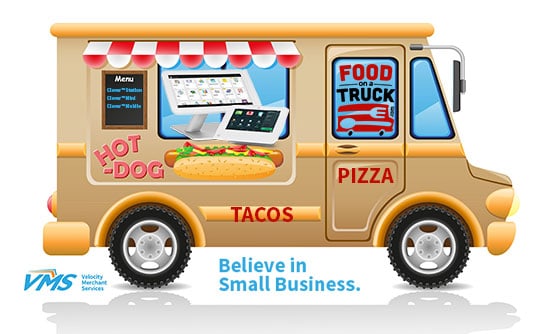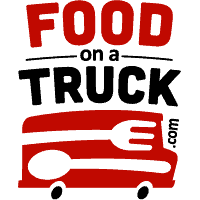
Are you working on starting a restaurant business, or considering ways to branch out and find new customers for the restaurant you currently run? One of the most common bits of advice is, “Get a food truck!” But a food truck or food cart is much more complex than just loading a car with pre-packaged food – and the benefits to cooking on the go are bigger than you might expect. So let’s talk about the real advantages to starting a food cart project for new restaurants, and what you need to start benefiting.
Investments and Costs
A common warning from restaurant professionals that have jumped into the food truck world is that it can be more challenging than new owners may expect. Particularly in urban areas where food trucks are popular, the competition can be intense for both spaces/reservations and prices, which cuts close to profit margins. Price setting becomes very important. Fortunately, a food truck can be an efficient way to reduce costs, especially if you reduce or avoid other restaurant costs while the food truck is in operation.
While initial costs for the truck include permits, long-term assets and an expensive vehicle (prices can easily rise toward $100,000 for a well-equipped truck), other costs remain low. Maintenance and advertising costs are less of a concern, operational and overhead expensive are low, and if you don’t have to manage property, you don’t need to worry about property taxes or related charges. This makes a food truck an ideal way to ease into the restaurant business with the funding you have, giving you time to explore competition and demand without sacrificing too much in terms of investment.
Experimenting with Sites
Another reason to consider a food truck – particularly before investing in a permanent site – is to see just how profitable an area is during typical workdays. While lease prices can give you some idea of traffic and demand in the immediate area, it can be difficult to judge specific demand for your restaurant until you set up shop and start selling food next to competitors.
With a food truck or cart, you can experiment with a number of different locations to see which appears to benefit you the most. Sometimes certain stops can have unexpected advantages or be in proximity to a customer base that you hadn’t noticed before. The research done when trying out different sites can prove invaluable when making long-term decisions.
Event Profitability
It’s a natural assumption that food trucks can be used for local events – but owners may be surprised at just how many events are well suited for a truck. In addition to festivals and sporting events, there is also the opportunity for many different catering-like positions for weddings, company gatherings, and even birthdays. With competitive pricing and a willingness to go anywhere (within limits), events like these become a mainstay of food truck profitability. Don’t discount reach, either – the more new events you frequent, the more customers can experience your brand and remember you for later.
Getting the Menu Right
A food truck is an excellent incubator for new ingredients and dishes. Are you trying to plan a specific new recipe or menu section? See how it holds up on your food truck menu! Trucks are a surprisingly good spot for experimentation. Not only do you get to see how your new menu items fair under the more difficult food truck conditions, but you can also guage interest and response to new items. Ultimately, a food truck test phase can prove useful for a number of reasons, so don’t ignore the benefits of a little experimentation.
Upgrading to Brick-and-Mortar
A food truck also provides a key role in inventory and space training. Working with a truck for a year or two before opening a new permanent location will help you know exactly how much room you need, your refrigeration requirements, and your ideal equipment specifications before you even set foot inside a property. Because a food truck can be challenging when it comes to storage and space, they teach you and your employees how do make do with a little – and know exactly how to scale up when the time comes: A growing trend here is to lease only the space needed for a few extra amenities (seating, bar, restrooms, etc.) and continue operating out of the food truck, parked on the property, to save on costs.
The Mobile (Device) World Waits
Today’s food trucks are heavily dependent on modern mobile checkout options – and that’s a good thing! Woe to the food truck that only accepts cash these days, because mobile payment options vastly increase the number of potential clients, while making it much more convenient to order and to track orders. Clover’s Food on a Truck app is agood example: It allows for location scheduling, automatic social media connects, in-depth sales tracking, and options for both digital and printed receipts. And it can be used on a Clover Duo, Clover Mini or Clover Mobile. Not only does this make running a full-time food truck much easier, but it also provides an affordable option when upgrading to a brick and mortar business. Such complete mobile solutions can be used for in-house business as well, saving even more money.

